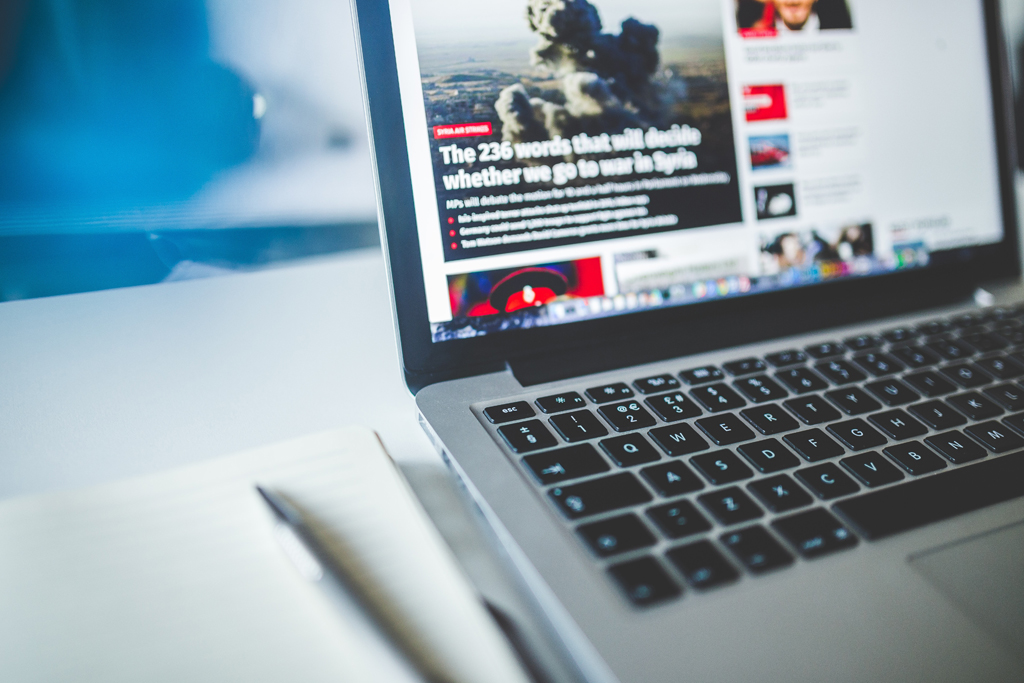The culture of fake news is growing and, if left unchecked, posing serious threats to the future of our society. The problem is no longer the existence of fake news, but the rate at which it’s produced and shared as technology advances.
Fake news is not only a problem of the future, it was also one of the past. As long as there has been news, it has been falsified, fabricated and exaggerated. Yet, it has become a more significant player in the modern news sphere.
The Effects of Technology
The technological developments of the 21st century have definitely contributed to the increased production and consumption of fake news; however, it can actually be traced back to the Victorian age of press.
Nowadays the internet, self-publishing blogs and social media mean fake news of any quality can reach millions of people. What’s more is the number of ‘hits’ received by web pages boosts them up the internet hierarchy. This means our searches rank pages due to their popularity, not their quality. Consequently, as an online society, we are self-selecting our news and not receiving a full picture of the world around us.
Word of the Year
The term ‘fake news’ is actually relatively new, being named Collins Dictionary’s word of the year in 2017 following the 2016 US presidential election. Often when we describe something as ‘fake news’, we mean misinformation – literally incorrect stories. However, in the wake of Donald Trump’s inauguration, we have seen a shift in its usage. It’s now often being used as a means of insult or to discredit potentially credible sources. This demonstrates a progression in the world of fake news; instead of literally meaning a misrepresentation of the facts, the term ‘fake news’ itself is becoming fake. It is now sometimes being used to describe real news with which the reader disagrees. This means prominent figures can use the term to incite disregard towards things we should actually pay attention to.
Social Repercussions
This points to the real threat fake news poses to our society – the destruction of trust in the media. The media is supposed to be a cornerstone of democracy, allowing us to think critically about our civilisation and question those in power. The threat of fake news goes beyond simple inconvenience or the cartoon-esk behaviour of prominent political figures. It goes down to the very root of our civilisation, left free to run amok without the constant shadow of being held to public accountability.
Can we save the media?
Arguably one of the greatest issues in finding a solution is getting funding – how do we pay for the quality writing needed to reduce fake news? One way is to charge for access to news websites the same way you’d buy a newspaper. However, this could further dissuade people from reading reputable sources, and instead turn them towards easily accessible social media stories. Therefore, instead of charging the consumer, it has been suggested that we impose a ‘windfall tax’ against large companies such as Google, Amazon and Facebook who distribute news written by other news brands without commission.
It is down to the industry to evolve and distinguish itself above the crowded market of internet news and citizen journalism. When it comes to PR, it couldn’t be more critical to maintain high quality writing to help populate this precarious news sphere with accurate stories. This is especially important when news is turning ever more digital, particularly in the midst of the Coronavirus outbreak which is forcing the readership of many news brands online. Ultimately, we must find a way to control the production of fake news and increase quality outputs to maintain the functioning of a society built on free choice.



